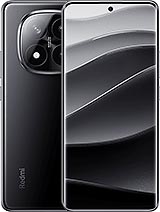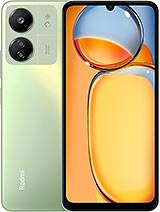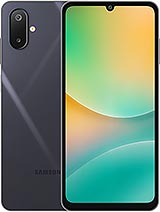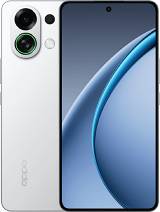Lava Yuva 5G alternatives
Tap above to see alternatives.
Redmi Note 14 Pro+ alternatives
Tap above to see alternatives.
Lava Yuva 5G

Lava Yuva 5G
-
Unisoc T750
6 nm
-
5000 mAh
18W
-
6.53"
720x1600 pixels
-
50 MP
1080p@30fps
- Specs
Redmi Note 14 Pro+

Redmi Note 14 Pro+
-
Snapdragon 7s Gen 3
4 nm
-
6200 mAh
90W
-
6.67"
1220 x 2712 pixels
-
50 MP
4K@24/30fps
-
Specs

2x2.0 GHz Cortex-A76
6x1.8 GHz Cortex-A55
1x2.5 GHz Cortex-A720
3x2.4 GHz Cortex-A720
4x1.8 GHz Cortex-A520
4GB 128GB (UFS 2.2)
8GB 256GB (UFS 2.2)
12GB 512GB (UFS 2.2)
(wide), AF
2 MP
(macro)
f/1.6, (wide), 1/1.55", 1.0µm, PDAF, OIS
50 MP
f/2.0, 60mm (telephoto), PDAF (50cm - ∞), 2.5x optical zoom
8 MP
f/2.2, 120˚ (ultrawide), 1/4.0", 1.12µm
1080p@30/60/120fps
f/2.2, (wide), 1/4.0", 0.7µm
SIM1: Nano, SIM2: Nano
SIM1: Nano, SIM2: Nano
8 5G bands
n1, n3, n5, n8, n28, n40, n77, n78
10 5G bands
n1, n3, n5, n8, n28, n38, n40, n41, n77, n78
In this performance comparison, the Redmi Note 14 Pro+ with its Qualcomm Snapdragon 7s Gen 3 (4nm) performs better than the Lava Yuva 5G with the Unisoc Unisoc T750 (6nm), thanks to superior chipset efficiency.
Redmi Note 14 Pro+ offers 3 years of OS updates, whereas Lava Yuva 5G provides 1 years. For security updates, Redmi Note 14 Pro+ offers 4 years of support compared to Lava Yuva 5G's 2 years.
Redmi Note 14 Pro+ features a superior AMOLED display, while Lava Yuva 5G comes with an LCD panel. In terms of smoothness, Redmi Note 14 Pro+ offers a higher 120 Hz refresh rate, ensuring fluid scrolling and animations. Both devices deliver the same brightness level at nits. Notably, Redmi Note 14 Pro+ offers a higher screen resolution, resulting in sharper visuals and more detailed content.
Redmi Note 14 Pro+ features a larger 6200 mAh battery, potentially delivering better battery life. Redmi Note 14 Pro+ also supports faster wired charging at 90W, compared to 18W on Lava Yuva 5G.
Redmi Note 14 Pro+ includes an IP69 rating, while Lava Yuva 5G lacks an official IP rating.
- Redmi Note 14 Pro+ – Check price here
¹ Scores can vary even with the same chipset due to RAM, thermals, and software optimization.










